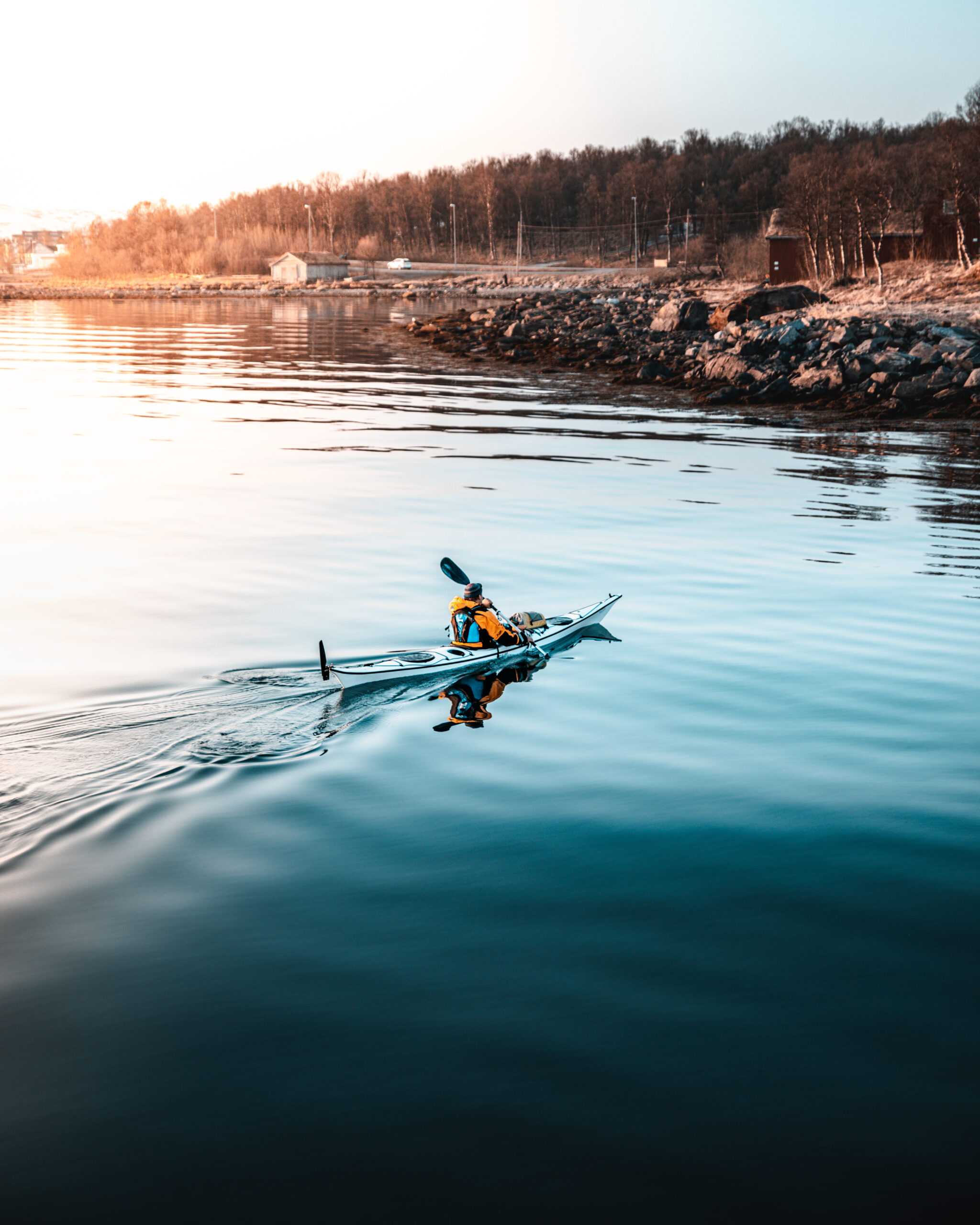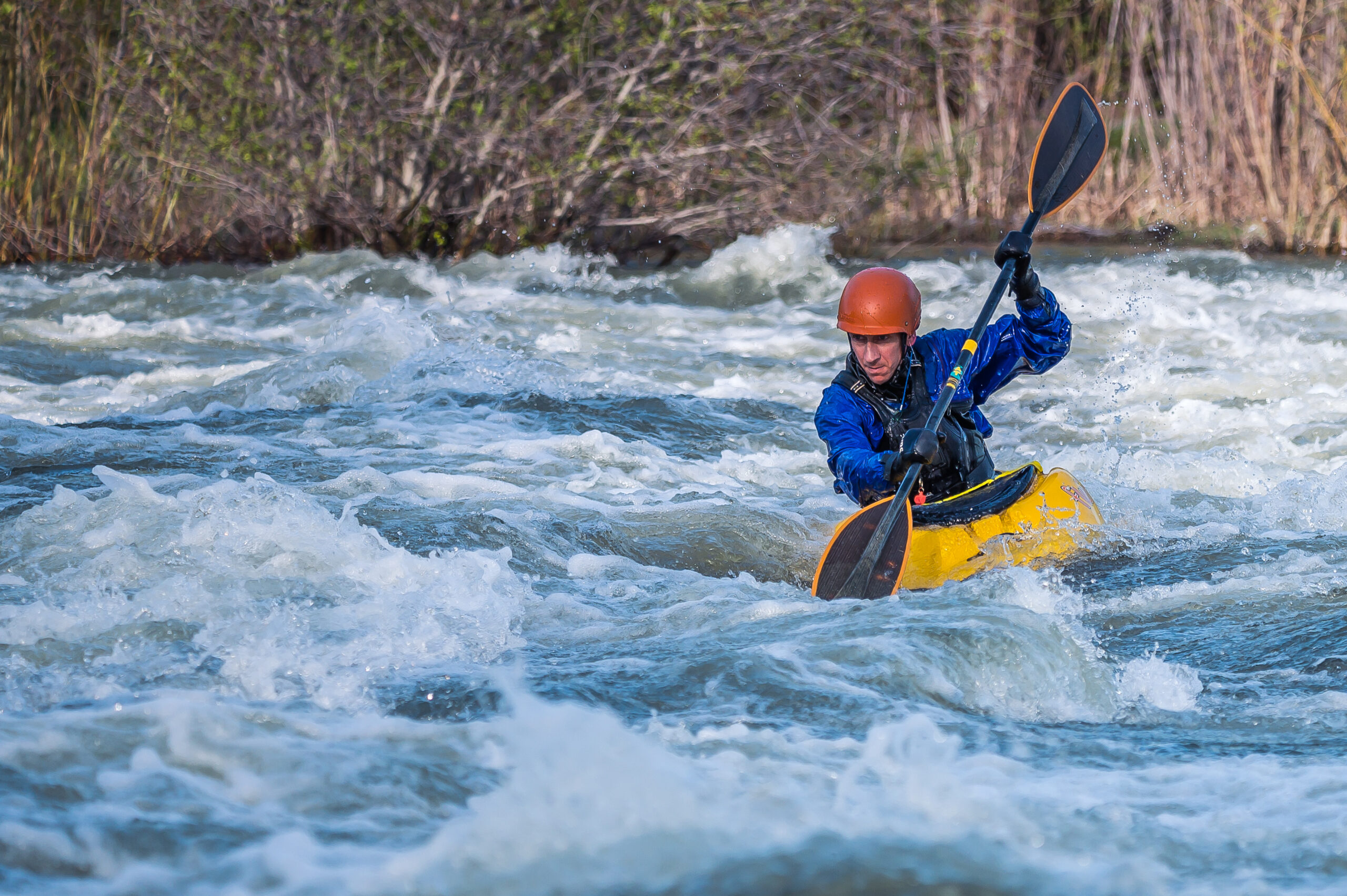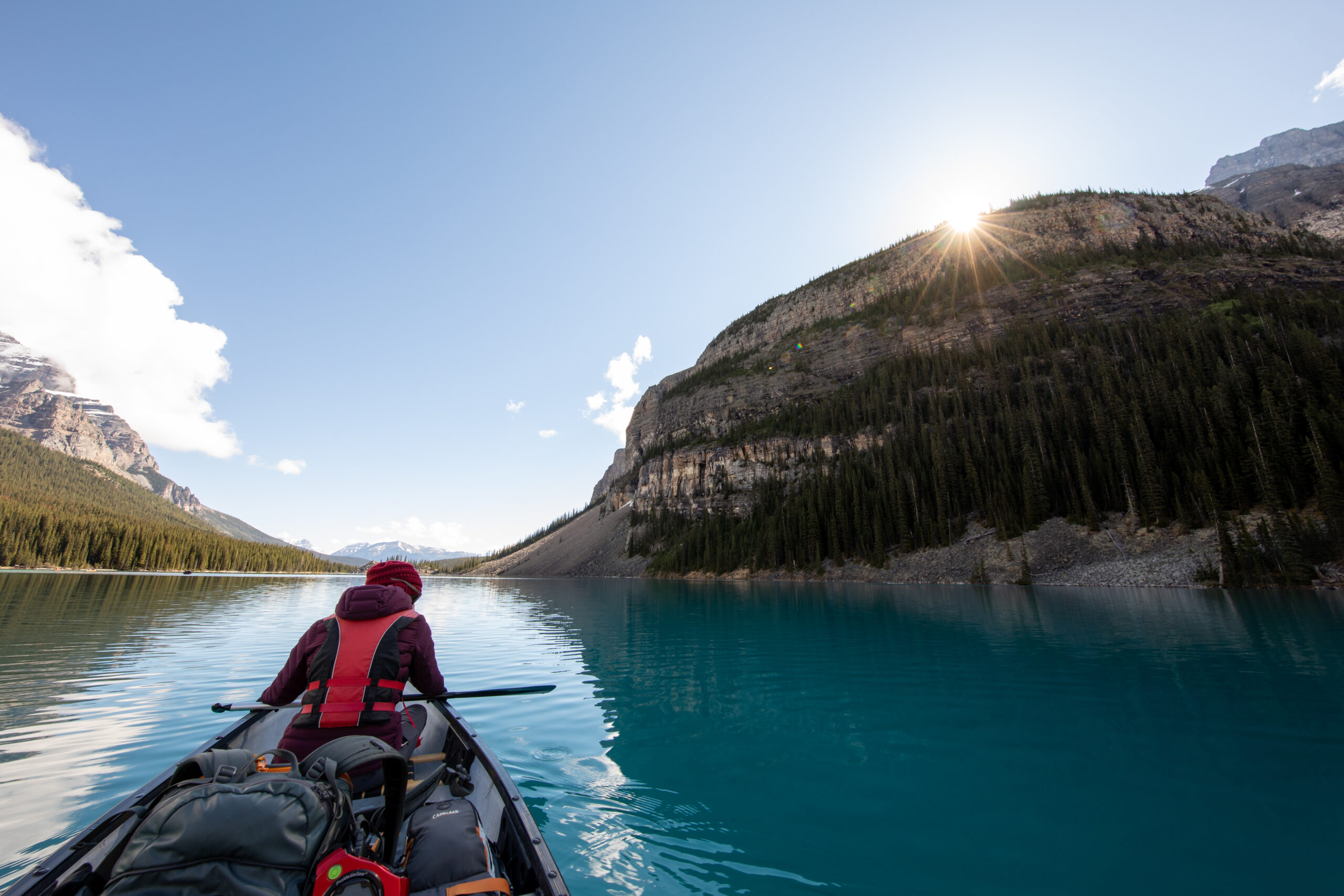
Have you ever wondered how many muscles are engaged when you go kayaking? Well, get ready for a surprise! Kayaking is not only a thrilling water sport but also an excellent full-body workout. From your core to your arms and legs, this adventurous activity targets several major muscle groups, helping you build strength, improve endurance, and tone your body. So, let’s paddle through this article and discover the fascinating muscles at work during kayaking!

Muscles Worked During Kayaking
Kayaking is not only a fun and adventurous water activity, but it also provides an excellent workout for various muscle groups in your body. As you paddle through the water, you engage multiple muscles, from your upper body to your lower body, as well as your core and hips. Let’s explore the different muscles worked during kayaking and understand how this activity can contribute to your overall fitness.
Upper Body Muscles
When you’re kayaking, your upper body plays a vital role in propelling yourself forward and maintaining stability. Several muscles in your upper body work together to achieve these functions.
The deltoids, which are located in your shoulders, are heavily engaged while paddling. These muscles, often known as your shoulder muscles, help in raising your arms and powerfully moving the paddle through the water. Additionally, the pectoralis major, the large muscle in your chest, is also constantly active, assisting in the forward stroke and generating power.
The latissimus dorsi, or your lats, are the broadest muscles in your back, and they are primarily responsible for the pulling motion during kayaking. As you pull the paddle towards your body, your lats engage to provide strength and stability.
Moving down to your arms, both the biceps brachii and triceps brachii are used during kayaking. The biceps brachii, located on the front part of your upper arm, are involved in the initial part of the paddle stroke, while the triceps brachii, on the back part of your upper arm, assist in extending your arm and completing the stroke.
Core Muscles
A strong core is essential for maintaining balance and stability while kayaking. It acts as the center of your body’s strength and control, connecting your upper and lower body movements.
The rectus abdominis, commonly referred to as the abs, is a prominent muscle group in the front of your abdomen. It provides stability and helps you maintain a strong, upright posture during kayaking. The transversus abdominis, which lies underneath the rectus abdominis, acts as a natural corset, supporting your spine and stabilizing your core.
The obliques, located on the sides of your waist, are also actively engaged. These muscles help with rotation and lateral bending, allowing you to twist your torso while paddling. Additionally, the erector spinae muscles and quadratus lumborum muscles, located along your spine, help to maintain stability and proper posture throughout your kayaking session.
Lower Body Muscles
Although kayaking predominantly relies on the upper body, the lower body still plays a significant role in providing stability, balance, and power. Here are the lower body muscles that actively contribute to your kayaking workout.
The gluteus maximus, or your buttocks muscles, are heavily engaged during kayaking. They provide power during the forward stroke and help stabilize your hips when you rotate your torso. Along with the glutes, the hamstrings, which are the muscles at the back of your thighs, assist in generating force during each paddle stroke.
The quadriceps, located in the front of your thighs, are responsible for extending your knees and propelling the kayak forward. These muscles work in conjunction with the hamstrings to provide a balanced and efficient leg movement.
In your calf muscles, the gastrocnemius and soleus play crucial roles in stabilizing your ankles and providing additional power. These muscles are especially engaged when you need to make quick maneuvers or absorb the impact of waves.

Arm Muscles
Your arms form a crucial part of the kayaking stroke, and specific muscles in your upper arms and forearms come into action to provide strength and control.
The biceps brachii, which we mentioned earlier, are involved in the initial movement of the paddle stroke. They assist in flexing and contracting your arms. Alongside the biceps, the brachialis and brachioradialis muscles also contribute to the flexion of your elbows and give you the strength to pull the paddle through the water.
The pronator teres muscle, located on the inner side of your forearm, helps to rotate your forearm as you grip the paddle. On the other side, the extensor carpi radialis and flexor carpi radialis muscles help with wrist movements and maintaining a firm grip on the paddle.
Shoulder Muscles
To achieve efficient paddling technique and shoulder stability, several muscles in the shoulder region work together harmoniously.
The deltoids, previously mentioned as the shoulder muscles, play a significant role here as well. They assist in raising and lowering your arms throughout the paddle stroke. Moreover, the rotator cuff muscles, which include the supraspinatus, infraspinatus, teres minor, and subscapularis, work collectively to stabilize the shoulder joint during the rotational movements involved in kayaking.
Other muscles such as the trapezius and rhomboids, located in the upper back and shoulder region, help to maintain proper posture and shoulder stability, preventing strain or injury.

Back Muscles
Strong back muscles are essential for providing power, stability, and overall balance while kayaking.
The latissimus dorsi, or lats, mentioned earlier, are primarily responsible for the pulling motion in kayaking. These muscles work in collaboration with the trapezius and rhomboids to provide a strong and controlled pulling action during each paddle stroke.
The erector spinae muscles, located along your spine, contribute to maintaining an upright posture and stability. By engaging these muscles, you can prevent lower back pain or strain during long kayaking sessions.
Abdominal Muscles
Your abdominal muscles, commonly known as the abs, are a crucial part of your core strength and stability while kayaking.
The rectus abdominis, transversus abdominis, and obliques, which we discussed earlier in the core muscles section, all come into action during kayaking. These muscles help stabilize your trunk and provide power for rotation and lateral bending movements.
Oblique Muscles
Within your abdominal muscles, the obliques deserve specific attention. They are divided into two groups: the internal obliques and the external obliques.
The internal obliques are beneath the external obliques and assist in rotating and bending the trunk. These muscles provide additional support and stability during kayaking movements that involve twisting or turning.
The external obliques are the outermost layer of your abdominal muscles and work in conjunction with the internal obliques. They play a critical role in rotational movements, giving you the power and control required while paddling through the waters.
Hip Muscles
Lastly, your hip muscles also contribute significantly to kayaking performance, particularly in terms of stability and power generation.
The gluteus maximus, mentioned earlier, plays a dual role in kayaking. Apart from providing propulsion during the paddle stroke, it also helps stabilize your hips when rotating your torso.
The hip flexors, as the name suggests, are responsible for flexing your hips. They assist in bringing your knees closer to your chest during certain kayaking maneuvers or when you need to generate additional power.
The hip abductors and adductors work in opposition to each other. The abductors help in moving your legs away from the centerline of your body, which may come into play when making wide turns or maintaining balance in rough waters. The adductors, on the other hand, bring your legs back towards the centerline, aiding in maintaining stability and proper body alignment.
In conclusion, kayaking is a fantastic full-body workout that engages various muscle groups, providing both strength and cardiovascular benefits. By incorporating kayaking into your fitness routine, you can strengthen your upper body, core, lower body, arms, shoulders, back, abdominals, obliques, and hips. Not only will you enjoy the serenity of being on the water, but you’ll also develop a stronger, fitter, and more balanced physique. So grab your paddle, hit the water, and let your muscles work in harmony as you embark on a kayaking adventure.









